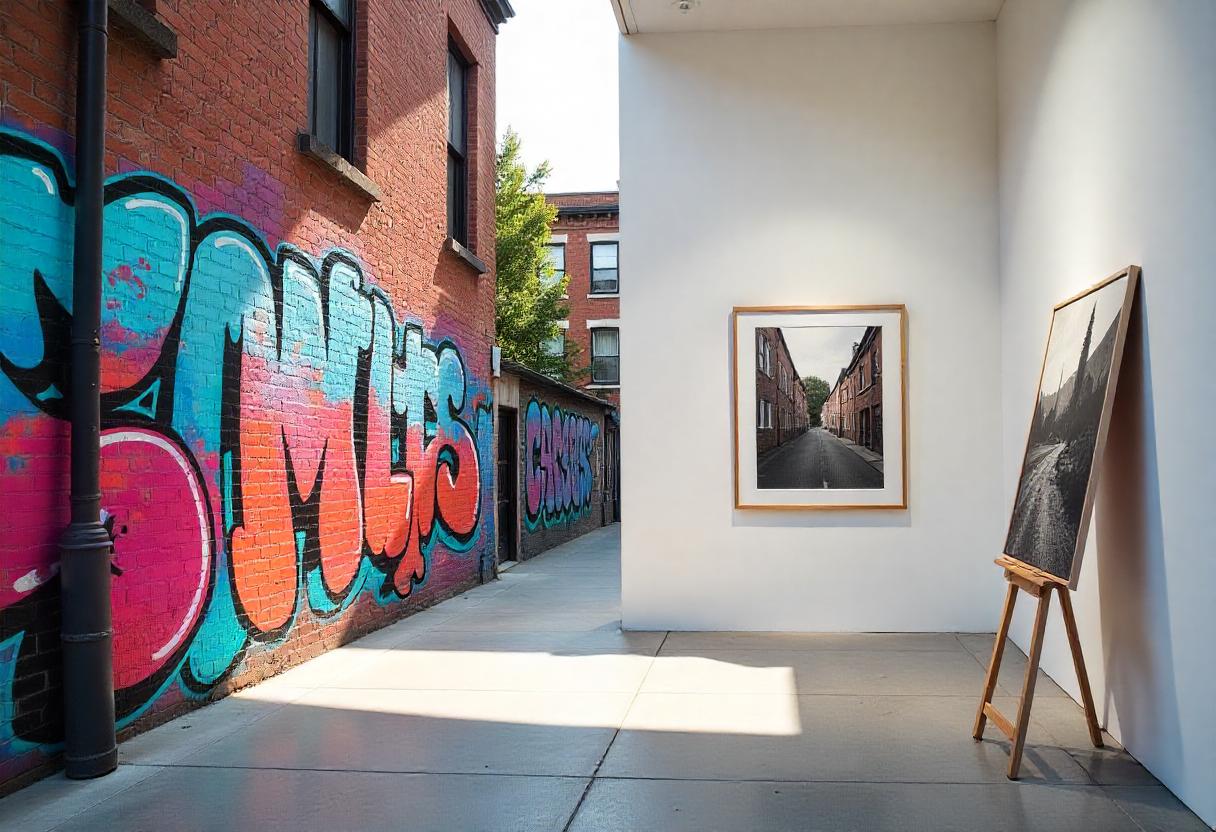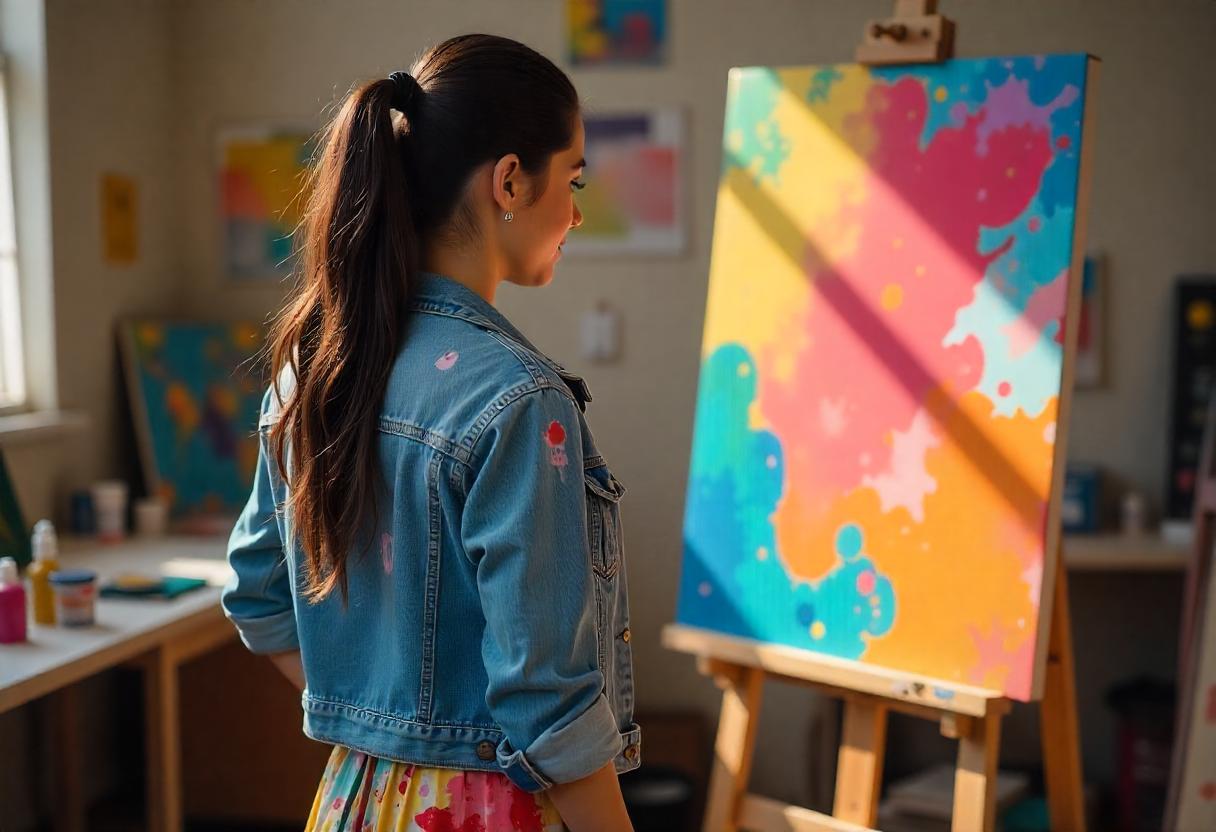Is a Fine Arts Career Right for You? Here’s How to Decide
For all the aspiring artists out there, it can be difficult to decide whether or not to study Fine Arts after school. If you are someone who has a knack for creativity and you love to make art, this could be a good choice of career. Take aptitude and skill assessment tests, talk to career counselors, and read about the various available options. Make sure you weigh all your options before you finalize a course.
Fine Arts is a discipline that requires individual dedication and practice. Opting for a structured course would ensure that you master the different skills required to be an artist and explore and experiment with different mediums. While you don’t always need a course to become an artist, the expert-designed curriculums would nourish your critical thinking abilities and equip you with the right tools and knowledge needed to excel.
Why Fine arts is right career choice for you?
Read ahead to find out what to keep in mind before pursuing a degree in Fine Arts.
Read Also: Creative Education in the Digital Age: Challenges and Opportunities
Assess your Skills
Do you want free career counseling?
Ignite Your Ambitions- Seize the Opportunity for a Free Career Counseling Session.
- 30+ Years in Education
- 250+ Faculties
- 30K+ Alumni Network
- 10th in World Ranking
- 1000+ Celebrity
- 120+ Countries Students Enrolled
Before you start looking for courses, run a little skill check on yourself. If you are reading this, you probably already have reasons why you want to study Fine Arts. Read up about the kind of courses that are available and see which one you have the skills or interest required for.
As a professional artist, you would need to have a creative imagination, a passion for art, and a drive to learn new mediums and explore new materials. Consider what you are good at, what your interests are, and how would you want to work on them. There are also formal aptitude tests available for you to take online. Additionally, talking to a career counselor would help you realize your strengths and weaknesses, and understand and analyze the career options you might have.
Take a Look at the Available courses
In India, most colleges offer a 3-year or a 4-year undergraduate degree – Bachelor in Fine Arts (BFA) or a 5-year/6-year Integrated Degree in Fine Arts. The curriculums are designed to cater to the different artistic abilities of the students and encourage them to find an individual style in the realm. Divided into different semesters, the syllabus usually includes details about the evolution of art, different art movements – in the subcontinent and globally, and practical knowledge about the know-how of different mediums.
Book Now →
Fine Arts is an evolving realm, especially in culturally rich and diverse parts of the world – the degree programs are designed to sensitize the learners about the interrelation of culture and art and the effect it has on society. The hands-on, project-based curriculums are aimed at training students in both traditional and digital art, stressing the relevance of an approach that would resonate with present-day consumers.
Read Also: Why a Fine Arts Course is Essential for Aspiring Artists?
Eligibility Criteria and Admission Procedures
A number of reputed institutes across the country offer a Bachelor in Fine Arts degree. The students who want to pursue this are required to complete school (+2) from any stream with an aggregate of 50% or equivalent score. They can then appear in the Common University Entrance Test (CUET) – a national-level eligibility test, or entrance tests and/or Personal Interviews conducted by individual Institutes. Once they have cleared the entrance test, they are eligible to study anywhere in the country based on a rank-based admission system.
Do you want free career counseling?
Ignite Your Ambitions- Seize the Opportunity for a Free Career Counseling Session.More About the Curriculums
Read Also: Why a Fine Arts Degree is More Than Just Painting Pictures
The 6/8 semester BFA courses offer a thorough knowledge of different types of compositions, the history of different types and forms of art, and much more. With a blend of theoretical and practical elements, you can expect to learn about how art movements evolved through history, how changing depictions in art affect societies, and how cross-cultural exchanges play an important part in art. The syllabuses include details of Indian and Western art forms and the work and contributions of some of the most renowned artists in the world.
The practical skills involve training in different mediums of drawing and painting – watercolor, acrylic, pencil sketches, oil paintings – and clay sculpting. The students are expected to find their artistic voices and self-expression by exploring different art forms and styles through the assignments.
Digital Knowledge is key to navigating the realm of art today. Fine arts students are introduced to the latest software that would acquaint them with interactive art and installation, 3D illustrations, animation, and much more. Knowledge of digital marketing/social media management and other necessary tools that would help one market their art/creation is an integral part of the curriculums.
The combination of traditional and digital mediums is useful in creating a strong portfolio that reflects knowledge, skill, and individual styles. By the end of the course, the students have a collection of their best projects that they can showcase to venture into the professional world and collaborate with potential clients and employers.
Read Also: Beyond the Lines: Exploring Creativity and Expression in Fine Arts
What Could Your Career Look Like After a Fine Arts Degree
Depending on your skills and interest there are multiple fields that you could work in after getting a degree in Fine Arts. If you, for instance, like doodling, or can create cartoon characters, you could become a cartoonist. You could work at online and offline publication houses as illustrators and book-cover designers, or pursue higher studies and get a job as an art curator in museums/ art galleries. If you enjoy digital art, you could go into animation, or if you are more into working with your hands, you could become a sculptor. Although the salary ranges vary in these professions, you could find a niche that is most suitable for you.
As a Fine Arts graduate, you could earn up to 3-5/5.5 LPA on average. However, depending on the kind of work you do, the pay might differ. For instance, a book-cover designer can earn between 4-5 LPA, and an illustrator around 3-4 LPA. Similarly, if you want to become a sculptor, you could earn between 4-6 LPA. While these numbers can give you an idea about what salary you could be earning with a BFA degree , depending on your unique knowledge, skill, creativity, and other circumstances, they can further vary.
Read Also: A Beginner’s Guide to Understanding Fine Art as a Field
Summing it Up
Now that you have an idea of how to pursue a fine arts degree, and what exactly to expect, take your time to decide what career option would be the best for you. Once you study BFA, there are a variety of professions you can go into and a number of jobs that you can choose from. You can also check out the 4-year Bachelor of Fine Arts degree offered by AAFT. It is a comprehensive course focusing on knowledge and skill development with project-based assessment and a blended curriculum that prepares the students for the evolving global art realm.

AAFT has been providing the world with limitless creativity and expression since 1993! Through a dynamic and industry-driven curriculum, AAFT provides engaging and captivating articles to persuasive blogs and empowers its readers to explore diverse avenues of creative media education-related content.











